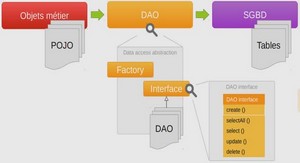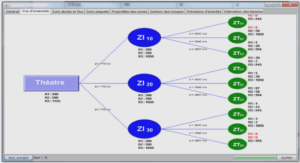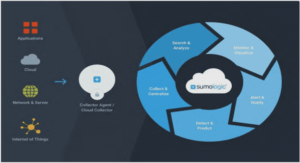Techniques for Design and Analysis of QoS-based Models in Partially Observable Environments
Unlike wired networks, in which the data transmission is isolated from interaction with other transmissions, in wireless networks, the medium is shared between all devices that are in the same transmission range. To overcome the interference between wireless devices, wireless networking technology has become an active research area in the last decade. Wireless networks are increasingly used with the advent of standards such as WiFi, WiMAX, Bluetooth and UMTS. There is no doubt that the next-generation wireless technologies promise higher levels of complexity. This chapter is devoted to introduce the CR architecture and the congestion control, and to define some basic theoretical concepts, which will be used in the following chapters. The remaining sections of the chapter are structured as follows: In the next section, we present CR networks and their practical implementation. We introduce, in Section 2.2, the congestion control for wireless networks. Section 2.3 provides some insight about the decision theory, and we describe some basics of the queueing theory in Section 2.4. Section 2.5 introduces the game theory, and Section 2.6 introduces learning algorithms. We present some application of game theory, self-adaptivity and learning for wireless networks in Section 2.7. Finally, Section 2.8 concludes the chapter. There is a general agreement that traditional fixed spectrum allocation can be very inef- ficient, considering that most of the time, bandwidth that was allocated is not used and the corresponding channel is idle, which form spectrum holes. Although the unlicensed access to the spectrum achieves better utilization of the spectrum by using spectrum holes, (see Figure 2.1) it introduces new challenges such as: the identification of spec- trum holes, the competition between SUs, etc. Note that the design of CR networks involves several disciplines, such as decision theory, queueing analysis and game theory.
Furthermore, many studies showed that while some frequency bands in the spectrum are heavily used, other bands are largely unused. Note that most of the available radio spectrum was already allocated to existing wireless systems. Thus, the importance of CR paradigm aroused for allocating valuable wireless resources. The term cognition is described as the faculty of a mobile or a network to adapt its communication parameters (transmission power for mobiles or frequency for a base station) to perturbations of its environment. For instance, Ian F. Akyildiz et al. defined CR in [7] as follows: A big new challenge in the networking community is how to put cognition into net- works. A radio system having this capability is called a CR, which generally uses the Software-defined Radio (SDR) technology. In fact, CR users are equipped with an SDR in order to sense and access the licensed spectrum. The SDR is considered to be the key technology that allows mobile devices to implement CR in practice. Both concepts SDR and CR are introduced in order to enhance the efficiency of the spectrum utiliza- tion in wireless systems. An SDR is defined as a reconfigurable wireless communication system that tunes dynamically its transmission parameters, such as operating frequency bands, modulation mode and transmission protocol. This adjustability can be achieved by software-controlled signal processing algorithms.
The new spectrum-licensing paradigm, initiated by the FCC in [8], promoted the idea of using the CR technology in order to face the spectrum scarcity problem. The new spectrum licensing allows unlicensed users to access the spectrum as long as they do not harm PUs, which can be achieved by spectrum sensing or power control. With the development of the CR technology, Dynamic Spectrum Access (DSA) and OSA become promising approaches that achieve major gains in the efficiency of spectrum utilization, and solving the spectrum scarcity problem. The design of DSA involves academia and industry, as well as spectrum policy makers to deal with both technical consideration and regulatory requirements. Furthermore, the development of DSA requires multidis- ciplinary knowledge, such as wireless communications, signal processing, optimization, artificial intelligence, decision theory, etc. For example, the competition and the cooper- ation between SUs accessing the same licensed bands can be modeled using game theory and utility-based techniques.The potential of CR users has been recently identified by various policy [8] and [20], research [21], standardization [22], [23], and [24], and commercial organizations. The IEEE 1900 Standards Committee on Next Generation Radio and Spectrum Management was established in 2005 and jointly supported by the IEEE Communications Society (ComSoc) and the IEEE Electromagnetic Compatibility (EMC) Society. The concern of IEEE 1900 is to address key standardization issues in the emerging fields of spectrum management and advanced radio system technologies such as CR, SDR, and adaptive radio systems. Tables 2.1 and 2.2 give some standards for the CR technology. The paper [25] and references therein provide an extensive study of standards in the CR field.





